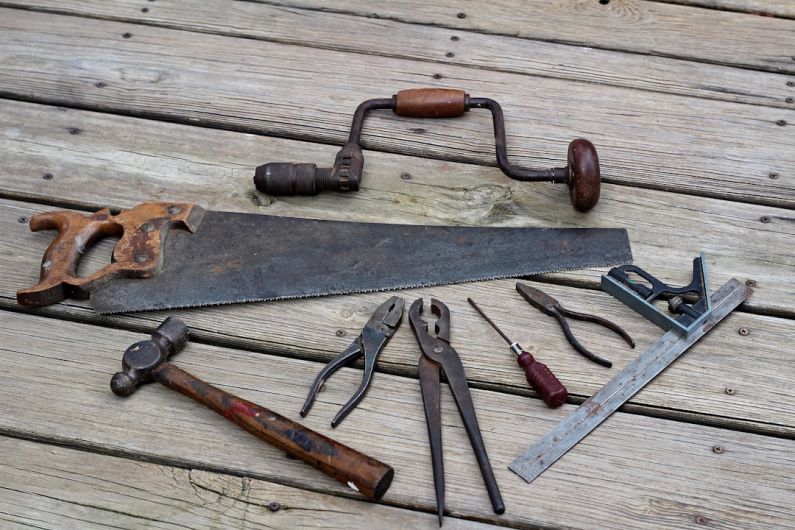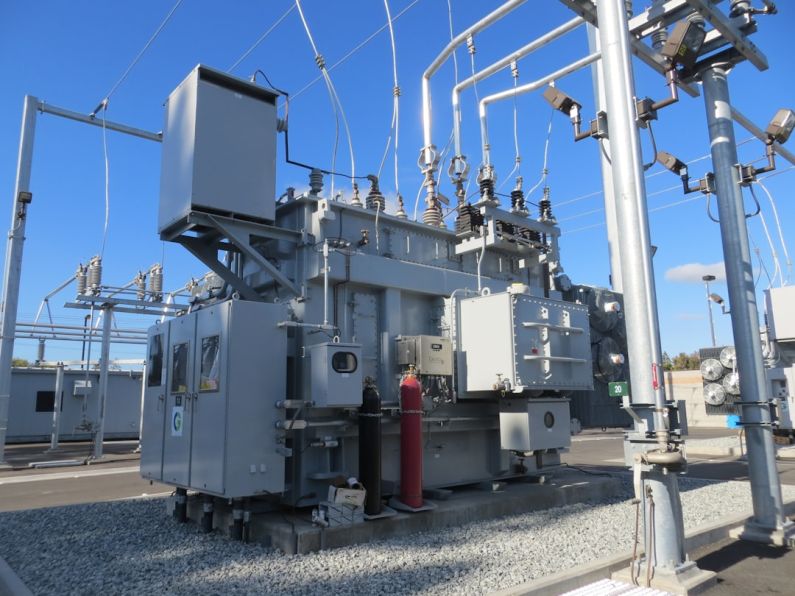How to Pick the Right Ladder for Any Job
When it comes to completing tasks at heights, having the right ladder is essential. However, with so many options available, it can be overwhelming to choose the right one for your specific job. To make the selection process easier, we have compiled a comprehensive guide on how to pick the right ladder for any job. From considering the height and weight capacity to understanding the different types of ladders, this article will provide you with all the information you need to make an informed decision.
Consider the Height
The first and most crucial factor to consider when choosing a ladder is the height of the task at hand. Ladders come in various sizes, and it is essential to select one that will allow you to reach the desired height safely. As a general rule of thumb, choose a ladder that extends at least three feet above the working surface. This extra space will provide stability and prevent accidents caused by overreaching.
Weight Capacity Matters
Another crucial aspect to consider is the weight capacity of the ladder. Each ladder has a maximum weight it can support, and it is essential to choose one that can handle your weight along with any tools or materials you may be carrying. To determine the weight capacity you need, add your weight to the maximum weight of your tools and materials. It is always better to choose a ladder with a higher weight capacity than you think you will need to ensure your safety.
Different Types of Ladders
Now that you have considered the height and weight capacity, it’s time to explore the different types of ladders available. Each ladder type has its own advantages and is suitable for specific tasks. Here are the most common types of ladders:
1. Step Ladders: These are self-supporting ladders with two sides joined by steps. They are ideal for tasks that require a stable platform, such as painting walls or changing light bulbs.
2. Extension Ladders: These ladders consist of two or more sections that can be extended to reach greater heights. They are perfect for outdoor tasks like cleaning gutters or trimming trees.
3. Platform Ladders: Platform ladders have a large, flat surface at the top, providing a stable platform to stand on. They are commonly used in warehouses or construction sites.
4. Telescoping Ladders: Telescoping ladders can be adjusted to various heights and are highly portable. They are suitable for tasks that require frequent height adjustments, such as installing ceiling fixtures.
Safety Features
Safety should always be a top priority when choosing a ladder. Look for ladders with safety features like non-slip feet and handrails for added stability. Additionally, consider ladders with built-in safety mechanisms such as lock indicators or stabilizer bars. These features will provide an extra layer of protection and ensure that you can work comfortably and securely at heights.
Conclusion
Choosing the right ladder for any job is crucial to ensure your safety and the successful completion of your tasks. By considering the height, weight capacity, and the different types of ladders available, you can make an informed decision. Remember to prioritize safety by selecting ladders with appropriate safety features. With the right ladder in hand, you can confidently tackle any job at heights, knowing that you have chosen the perfect tool for the task.






